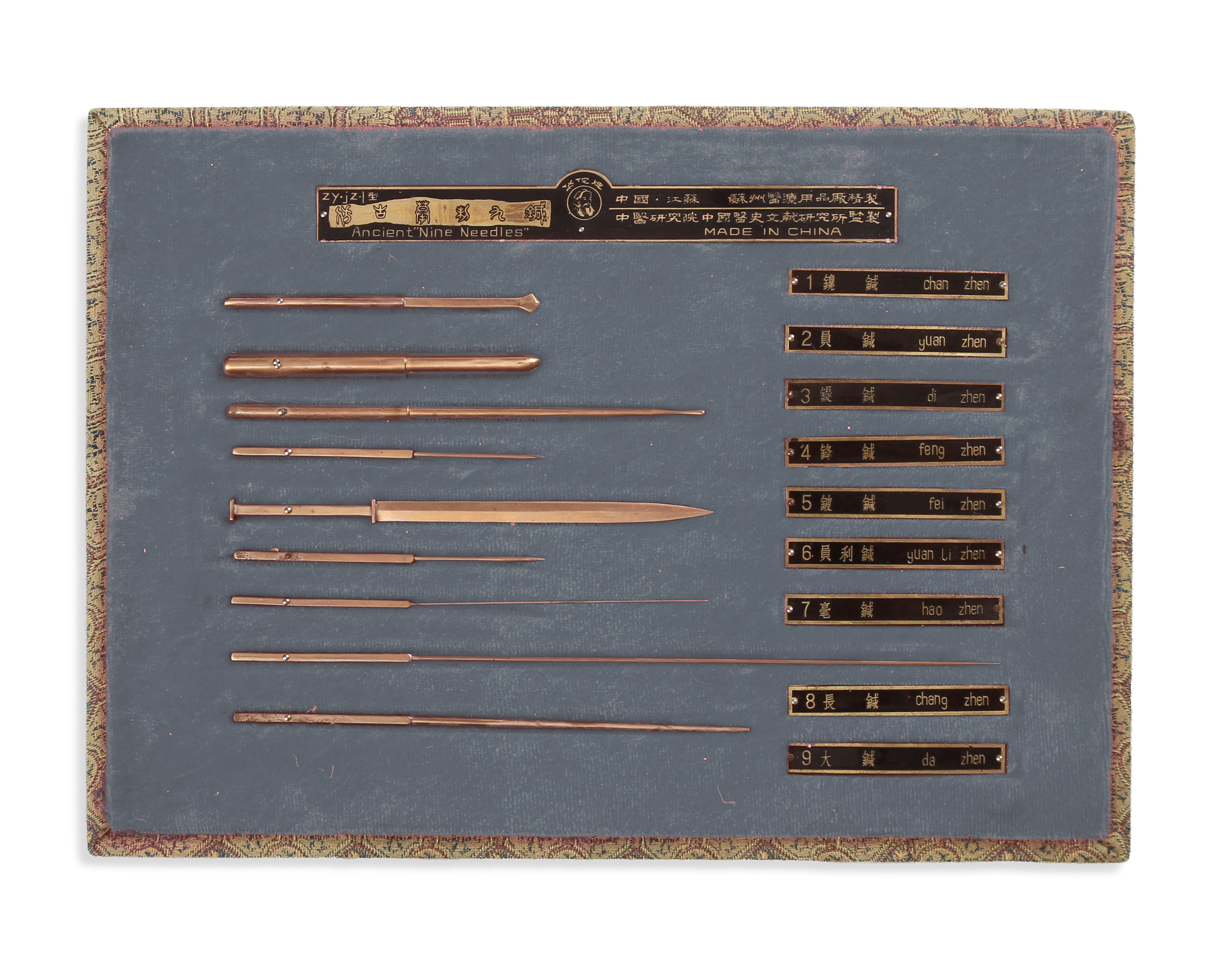Needle history
A brief history of acupuncture
Acupuncture is generally held to have originated in China thousands of years ago. Sharpened stones and bones have been interpreted by some to be simple instruments for early forms of acupuncture treatment. Over time, acupuncture continued to develop and bronze statues from the 15th century show the acupuncture points in use today. With the publishing of The Great Compendium of Acupuncture and Moxibustion during the Ming Dynasty (1368–1644) it was defined in writing and gradually became one of the standard therapies used in Traditional Chinese Medicine (TCM).
Traditional Chinese (TCM) acupuncture is the application of acupuncture needles in accordance to the individual traditional Chinese medicine diagnosis. TCM is based on the Chinese concept of energy balancing where there are two forces within the body that require balance in order to achieve health and fitness; these forces are commonly referred to as YIN (negative) and YANG (positive). Treatment with acupuncture is undertaken with the aim of restoring all the body’s systems to a state of balance
Acupuncture began to spread to Europe in the second half of the 17th century. Around this time the surgeon-general of the Dutch East India Company met Japanese and Chinese acupuncture practitioners and later encouraged Europeans to further investigate it. He published the first in-depth description of acupuncture for the European audience and created the term "acupuncture" from the Latin acus (a needle) and punctum, (past participle of the word pungere, meaning to puncture or pierce) in his 1683 work De Acupunctura.
Western Medical Acupuncture (WMA) utilises meridian points but applies it to Western scientific reasoning with particular consideration to neurophysiology and anatomy. It does not utilise any traditional Chinese assessment methods or paradigms. Western Acupuncture is used by therapists to achieve pain relief via the stimulation of the nervous system, such as the brain and spinal cord to produce the body’s own pain-relieving neurochemicals, endorphins for pain relief, melatonin to promote sleep and serotonin to promote well-being.
Having undertaken many investigations into acupuncture, the World Health Organization (WHO) categorised acupuncture as a clinical practice in 1979, meaning that the available evidence shows it must be taken seriously as a significant medical treatment.
Acupuncture was approved by the Swedish National Board of Health and Welfare in 1984.
In 1985 the World Federation of Acupuncture and Moxibustion Societies (WFAS) was founded. According to the result of a survey conducted by the WFAS in 2013, acupuncture was used in 183 out of 202 surveyed countries. Of the 192 Member States of the United Nations, 178 (93%) have acupuncture practices and 59 acupuncture organisations.
The history of acupuncture needles
Needles are among the first tools of medicine, having been found in the earliest remains of human activity. 15 groups of tattoos were found and documented on the 5,000-year-old mummified body of Ötzi the Iceman. Many of them are located at points coinciding with points where acupuncture needles are used for abdominal or lower back problems. Ash was found inside some of the tattoos.
Along with Ötzi, many other mummified bodies with tattoos have been found. While some of the tattoos are clearly signs of status, the location of others leads towards the assumption that they might be a side effect of treatment procedures involving insertion of medicines.
Tools used for acupuncture, tattooing, bloodletting, piercing, and abscess draining share similarities and it is possible that initially they have been the same. During the Neolithic era, the earliest acupuncturists used stone and needles mainly made from animal bones. There were also needles made from bamboo. Later, needles were made from metal (copper, bronze, gold, silver and iron).
Ancient acupuncture needles were thicker than the modern ones, which are made of stainless steel and come in various lengths and gauges of width. They are flexible and rust- and breakproof. The handles are made of copper or steel, while some needles have a colour-coded plastic handle.
The needles used nowadays are mostly very thin, varying from 0.12 mm to 0.40 mm in diameter. It is a common belief that Chinese acupuncture techniques tend to favour thicker needles than Japanese techniques.
In ancient China, nine different types of acupuncture needles were used, which may have been because of an ancient Chinese belief that nine is a magic number.






